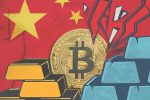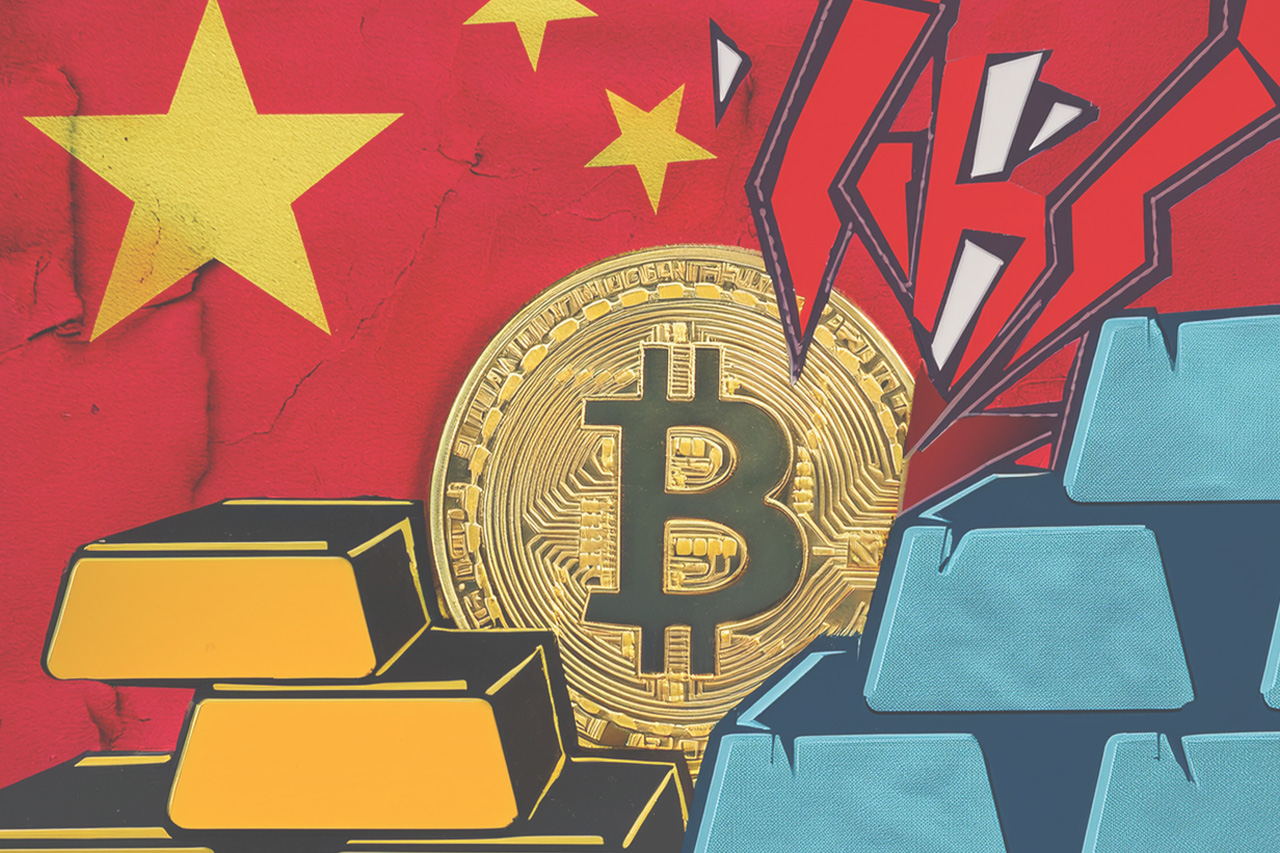In a clear sign of shifting global economic sentiment, high-net-worth individuals across Asia are reducing their exposure to U.S. dollar-based investments and reallocating funds toward alternative assets, including gold, cryptocurrencies, and Chinese markets. This insight comes directly from UBS Group, one of the world’s leading financial institutions, during the Bloomberg New Voices event held in Hong Kong on May 13.
Amy Lo, co-head of UBS Wealth Management Asia, said the pivot is being driven by persistent market volatility, geopolitical tensions, and a desire among wealthy investors to diversify beyond traditional U.S. financial instruments. According to Lo, “Gold is getting very popular,” as investors search for resilient stores of value amid global uncertainty.
The statement reflects a broader and growing trend in global wealth management: diversification beyond the U.S. dollar, long considered the default safe-haven currency. With rising interest rate volatility, regional conflicts, and concern over the long-term stability of dollar-denominated assets, Asia’s ultra-wealthy are now more open than ever to alternative asset classes.
Cryptocurrencies, once considered speculative or fringe, are now being recognized by high-net-worth individuals as viable components of a balanced portfolio. UBS’s observations show increased interest not only in top-tier digital assets like Bitcoin and Ethereum, but also in more diversified crypto strategies that include staking, decentralized finance (DeFi), and tokenized real-world assets. While institutional exposure to crypto remains measured, it is gradually gaining legitimacy as a hedge against fiat devaluation and as a tool for global wealth transfer.
Gold, a time-tested hedge against inflation and economic instability, is seeing a resurgence in demand. Its value proposition — durability, scarcity, and historical resilience — is resonating strongly in a world where equity markets remain volatile and currency risk is on the rise. As central banks themselves increase gold reserves, private investors are following suit.
What’s perhaps more surprising is the revived interest in Chinese assets. After years of hesitation due to regulatory concerns and a slowdown in China’s economy, wealthy Asian investors are now circling back. According to Lo, many clients who had been actively avoiding China are now “proactively asking” about opportunities. The country’s stabilizing post-pandemic policies, infrastructure growth, and evolving technology sector are helping restore confidence among the elite investor class.
This geographic rebalancing isn’t merely opportunistic — it’s also strategic. With the U.S. facing growing political polarization and debates over fiscal policy and debt ceilings, many investors view the dollar’s long-term dominance as less assured than before. A multipolar investment strategy — one that includes Chinese equities, gold reserves, and digital assets — is increasingly being seen as smart risk management, not just alternative thinking.
UBS’s insights are particularly valuable given its global footprint and access to private wealth data across diverse markets. The shift is being seen among its Asian clients and could soon be echoed in Europe, the Middle East, and even among certain U.S.-based investor circles.
As volatility becomes the new normal, Asia’s wealthy are clearly thinking long-term. They’re seeking protection from shocks, access to faster-growing regions, and exposure to the next generation of financial innovation. Whether through Bitcoin or bullion, or a renewed focus on the Chinese market, the message is clear: the old playbook is being rewritten.

















12 Comments